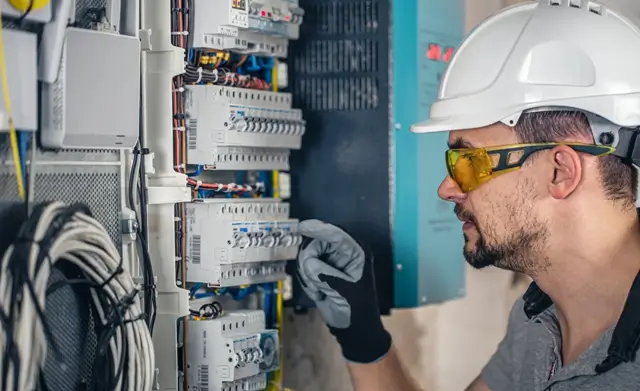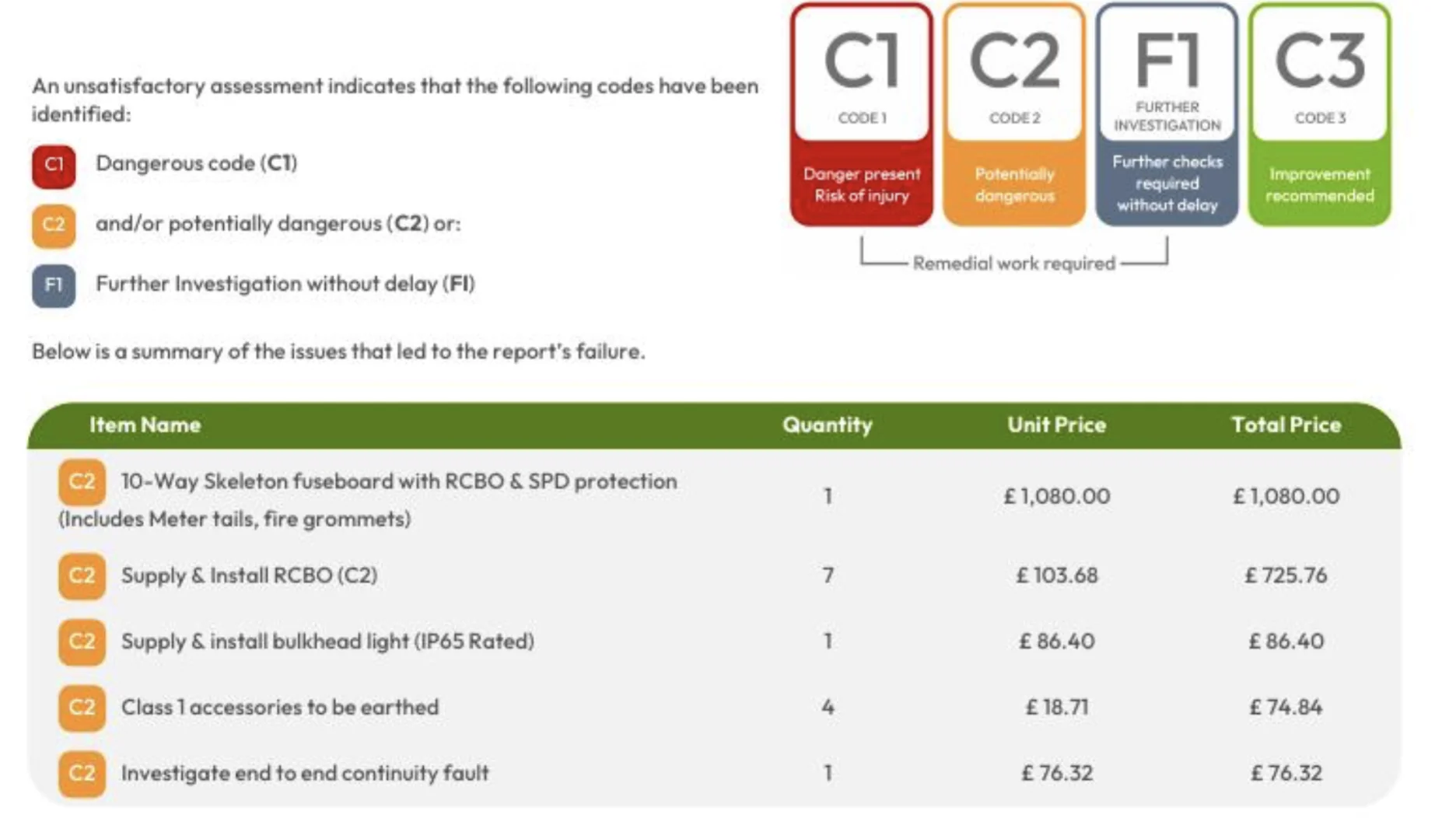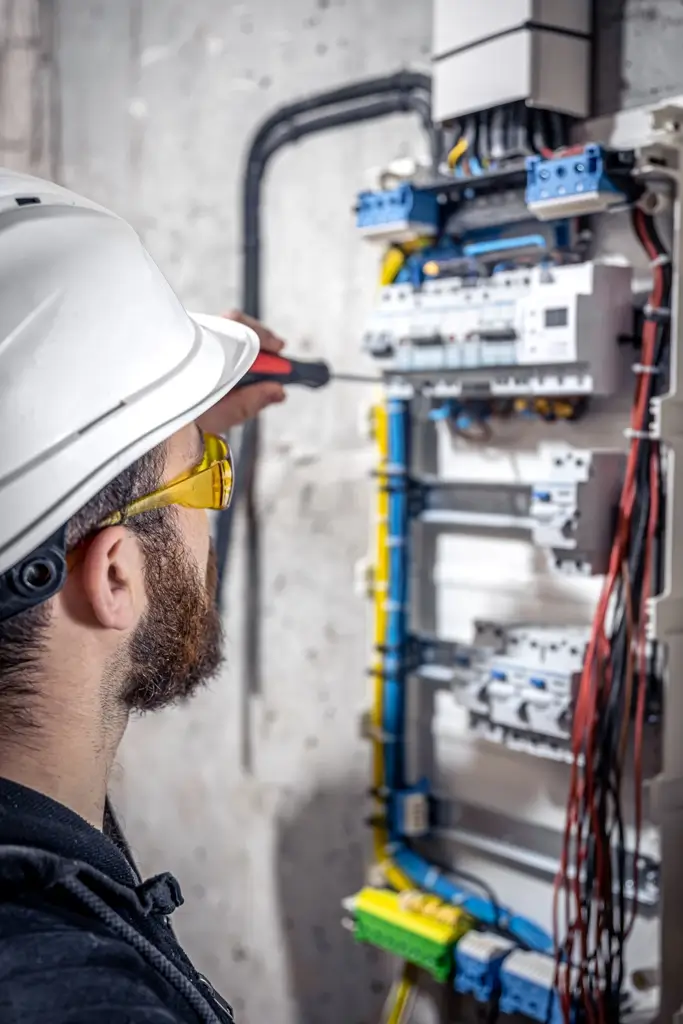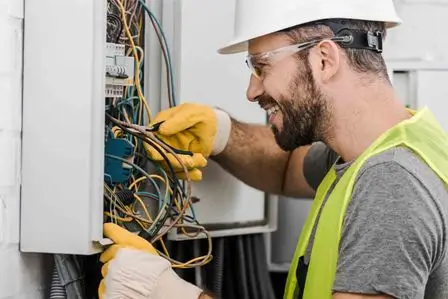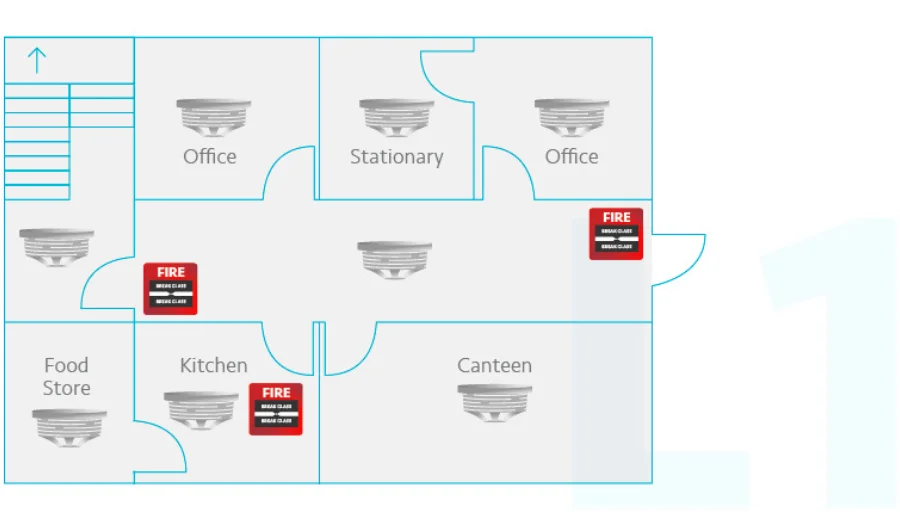How Often Should You Have a Domestic EICR in London? A Homeowner’s Guide
Electrical safety is one of the most important aspects of maintaining a safe home environment. For homeowners in London, ensuring that your electrical systems are safe and functioning properly is not just a matter of convenience but also one of safety and security. This is where an Electrical Installation Condition Report (EICR) comes in.
In this guide, we will walk you through everything you need to know about the EICR, including how often you should have it done, why it’s crucial for your safety, and other important aspects related to electrical inspections in the home.
Table of Contents:
What is an EICR?
Why is an EICR Important for Your London Home?
How Often Should You Get an EICR for Your Home in London?
Legal Requirements for EICR in the UK
What Happens During an EICR?
Common Electrical Hazards in the Home
What to Expect After the EICR Inspection
How to Choose a Qualified Electrician for Your EICR
EICR Cost in London: What to Expect
How to Maintain Electrical Safety Between Inspections
Conclusion: The Value of Regular EICRs
1. What is an EICR?
An Electrical Installation Condition Report (EICR) is a thorough inspection and assessment of your property’s electrical systems, including wiring, sockets, switches, fuse boxes, and the overall safety and condition of the installation. The goal of an EICR is to identify any potential hazards or faults in your electrical systems and to ensure compliance with the current wiring regulations (the 18th Edition of the IET Wiring Regulations, or BS 7671).
The report generated after the inspection will highlight any issues with your electrical system and provide recommendations on how to address them. It will categorize any faults as either:
C1: Danger present – immediate attention required.
C2: Potentially dangerous – urgent action needed.
C3: Improvement recommended – non-urgent but could benefit from updating.
2. Why is an EICR Important for Your London Home?
Electrical systems in the home can wear down over time, and faults can develop without your knowledge. These faults pose a risk of fire, electrical shocks, and other hazards, making it essential to have your electrical system inspected regularly.
Here are a few key reasons why EICRs are important:
Safety
The primary benefit of having an EICR conducted in your home is safety. Electrical faults are one of the leading causes of home fires, and the sooner they are identified, the easier and cheaper they are to fix. An EICR can identify issues like overloaded circuits, faulty wiring, or outdated installations, all of which could lead to accidents or damage.
Legal Compliance
If you rent out your property in London, you are required by law to have an EICR conducted every five years under the Electrical Safety Standards in the Private Rented Sector (England) Regulations 2020. Failure to comply with these regulations can result in penalties and fines.
Peace of Mind
Knowing that your electrical system is in good working condition can give you peace of mind. An EICR helps homeowners stay on top of potential electrical hazards and keeps the house safe for everyone living in it.
Insurance and Property Value
Home insurance policies often require that you have your electrical system inspected regularly. An up-to-date EICR also adds value to your property if you’re planning to sell or rent it. Buyers and renters are more likely to be attracted to properties that have undergone recent safety checks.
3. How Often Should You Get an EICR for Your Home in London?
The frequency of having an EICR depends on various factors, such as the age of your electrical system, whether you’re planning any electrical work, and whether you’ve experienced any issues with your electrical system. Below are general recommendations for how often to have an EICR conducted on your London home:
For Owner-Occupied Homes
As a general rule, it’s recommended that homeowners have an EICR conducted every 10 years. However, there are a few factors that may require more frequent inspections:
Old Electrical Systems: If your home is more than 25-30 years old, it may have outdated wiring, which could increase the risk of faults. In such cases, an EICR inspection should be carried out more frequently, such as every 5 years.
Renovations or New Installations: If you’ve recently renovated or added new electrical installations, such as wiring or lighting, it’s a good idea to have an EICR done afterward to ensure everything is safe and compliant with regulations.
Frequent Electrical Issues: If you experience frequent power outages, tripped circuit breakers, or burning smells from sockets, it may be time for an immediate inspection. These are often signs of deeper electrical issues that need attention.
For Rental Properties
For landlords in London, it’s mandatory to have an EICR conducted every 5 years. This regulation is enforced under the Electrical Safety Standards in the Private Rented Sector (England) Regulations 2020. The EICR must be provided to tenants at the start of each tenancy, and they should also be given a copy of the report at the start of every new tenancy.
For Homes with Specific Electrical Risks
If your home has specific electrical risks, such as a history of electrical issues or significant changes to your electrical system (like adding solar panels, an electric car charger, or other high-demand electrical systems), you may need to schedule an EICR more frequently.
4. Legal Requirements for EICR in the UK
While an EICR is not a legal requirement for all homes, there are specific regulations that make an EICR mandatory in certain situations, including:
Private Rented Properties
Under the Electrical Safety Standards in the Private Rented Sector (England) Regulations 2020, landlords are required to have an EICR completed every 5 years. Landlords must ensure their tenants’ safety by having the inspection carried out by a qualified electrician and must provide the tenant with a copy of the report.
Health and Safety at Work Act 1974
If you are a business owner and your property has employees, you are required to ensure the safety of the electrical installations under the Health and Safety at Work Act 1974. This includes regular inspections of electrical installations in commercial buildings.
Building Regulations (Part P)
Part P of the Building Regulations ensures that electrical work within the home is safe. If significant electrical work is carried out in your home, it must be inspected and certified to meet the relevant safety standards. An EICR can help ensure that any work done adheres to these regulations.
5. What Happens During an EICR?
During an EICR, a qualified electrician will perform a series of inspections and tests on your home’s electrical system. This process includes:
Visual Inspections: Checking for any visible signs of wear, damage, or outdated installations (e.g., exposed wires, faulty sockets).
Testing: Using testing equipment to assess the safety of circuits, wiring, fuse boxes, earthing, and bonding. This involves continuity tests, insulation resistance tests, and polarity checks.
Consumer Unit Checks: The electrician will inspect the consumer unit (fuse box) to ensure it’s in proper working order and up to current regulations.
Reporting: After the inspection, the electrician will provide a detailed report. The report will indicate whether your electrical system is safe, along with recommendations for repairs or upgrades if any issues are found.
6. Common Electrical Hazards in the Home
An EICR helps identify potential electrical hazards in the home, including:
Old or damaged wiring: Deteriorating wiring can lead to electrical fires or electric shocks.
Overloaded circuits: Circuits that are overloaded with too many appliances or high-power devices can overheat, potentially causing a fire.
Defective consumer units: Older fuse boxes or breaker panels may not provide the level of protection required by modern safety standards.
Faulty earthing: Improper earthing increases the risk of electrical shocks from faulty appliances or systems.
7. What to Expect After the EICR Inspection
After your EICR inspection, the electrician will provide you with a detailed report. The report will classify any issues found and provide recommendations for necessary actions. Based on the findings, you may need to carry out repairs or replacements on faulty or outdated electrical components.
If You Pass the EICR
If your property passes the inspection, the electrician will provide a clean bill of health for your electrical system, and you will not need to take any further action.
If You Fail the EICR
If your property fails the inspection, the report will outline the issues found, and the electrician will provide you with a list of recommended repairs or upgrades. C1 and C2 issues are deemed immediate or high-risk, requiring urgent attention. C3 issues are less critical but may still be worth addressing.
8. How to Choose a Qualified Electrician for Your EICR
When booking an EICR for your home, it’s essential to choose a qualified electrician. Look for electricians who are registered with a recognized regulatory body, such as:
NICEIC (National Inspection Council for Electrical Installation Contracting)
NAPIT (National Association of Professional Inspectors and Testers)
These organizations ensure that electricians meet the necessary qualifications and follow industry standards. You can also ask for references or read online reviews to gauge the quality of the electrician’s work.
9. EICR Cost in London: What to Expect
The cost of an EICR in London can vary depending on the size and complexity of your property. On average, you can expect to pay between £150 and £300 for a residential inspection. For larger properties or more complex electrical systems, the cost may be higher.
While this may seem like an investment, it is far more affordable than dealing with the potentially high costs of electrical damage or safety incidents.
10. How to Maintain Electrical Safety Between Inspections
Between EICRs, homeowners should take steps to ensure ongoing electrical safety, including:
Regularly check for signs of damage: Look for exposed wiring, scorch marks, or anything unusual around sockets and switches.
Avoid overloading circuits: Don’t plug too many devices into a single socket or power strip.
Use appliances safely: Ensure that electrical appliances are in good working condition and are used correctly.
Turn off unused electrical equipment: To avoid any risk, make sure to turn off electrical equipment when not in use.
11. Conclusion: The Value of Regular EICRs
An EICR is an essential part of maintaining a safe and compliant home. Regular inspections will ensure that your electrical systems are safe, reducing the risk of electrical hazards and keeping you and your family safe. Whether you are a homeowner or a landlord, keeping your electrical systems up to date with regular EICRs should be a priority.
For reliable EICR inspections in London, Norm Electrical Engineering is your trusted partner. Contact us today at 020 8245 8400 or 0772 430 8998 to book an inspection.
For further information about electrical safety regulations and requirements, you can visit the official UK Government website on Electrical Safety.

